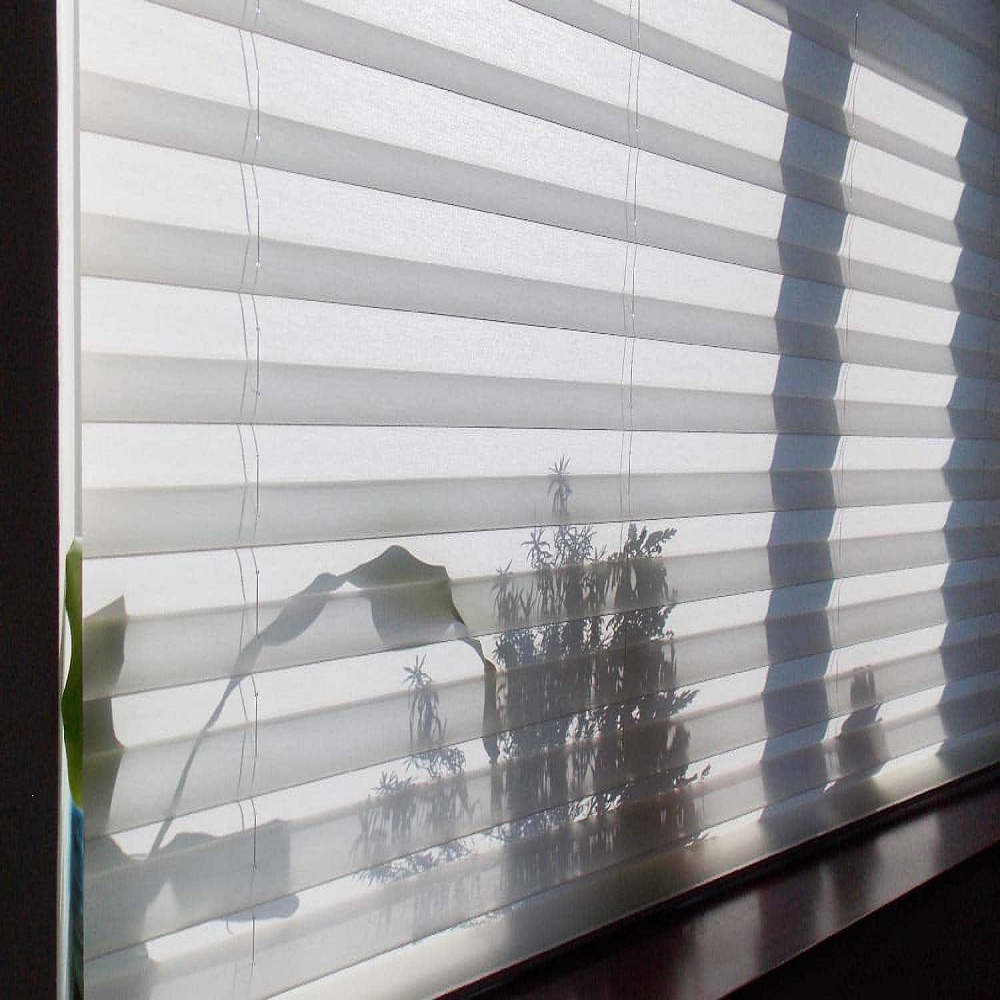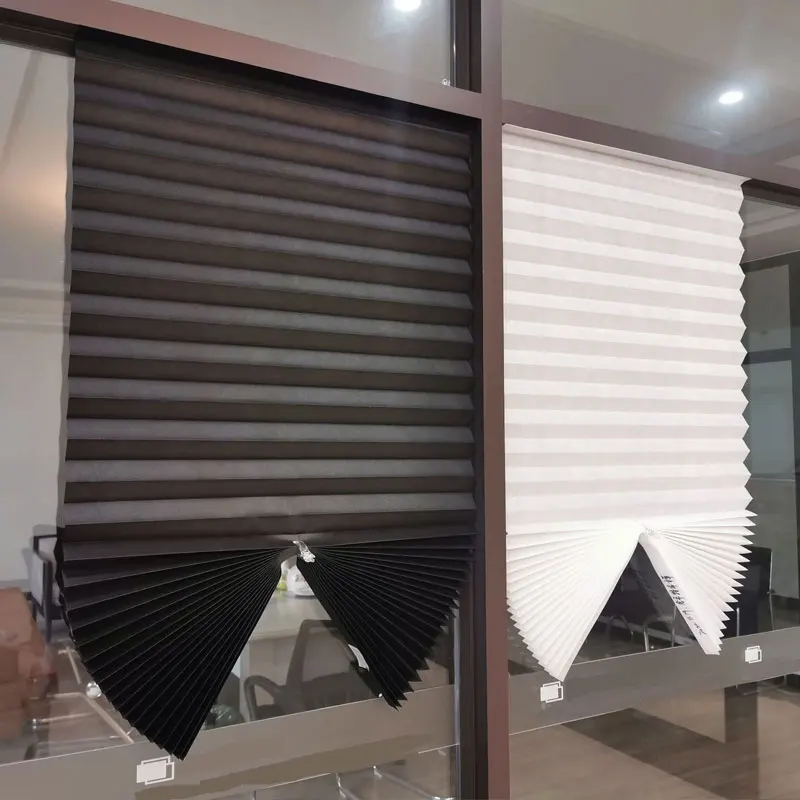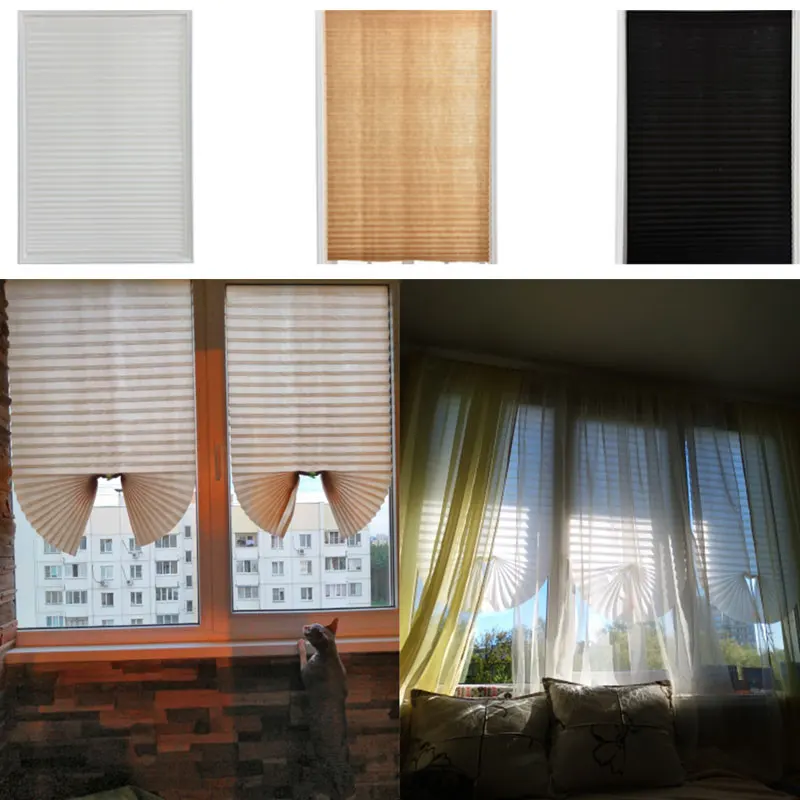Identifying Common Blind String Issues
Understanding the different issues with blinds strings is key to effectively fixing them. Below, we explore some of the typical problems you might encounter.
Broken Pull Cords
A broken pull cord can make your blinds inoperative. Check for visible signs of breakage or wear. If the cord snaps, the blinds can’t be raised or lowered. Inspect the entire length of the cord for frayed sections or breaks. This is a common issue that requires prompt attention to restore functionality.
Tangled or Snarled Blind Strings
Strings that run through the blinds can easily become tangled or snarled. This is often due to improper handling or overuse. Look for knots or twists in the strings which prevent smooth operation. If the strings are not freely moving, the blinds will not operate correctly. Untangling these can be tedious but necessary for the blinds to function again.

Required Tools and Materials
To successfully repair your blinds’ string, having the right tools and materials is critical.
Choosing the Right Replacement Cord
Selecting an appropriate replacement cord is essential for a durable repair. Here’s what you need to know:
- Ensure the cord matches your blinds’ type and color for a seamless look.
- The cord should be strong enough to handle the weight and movement of the blinds.
- A woven cord is often a good choice as it’s less likely to fray or snap.
- Measure the length of your blinds to determine how much cord you’ll need.
Essential Tools for Blind Repair
Gather these tools before you start the repair process:
- Scissors: For cutting old cords and trimming the new one.
- Screwdriver: To loosen and tighten components during the repair.
- Lighter: To seal the ends of the polyester cord.
- Pliers: Useful for grasping cords and pulling through tight spots.
With the right cord and these tools, you’re set to tackle most common repairs on your blinds’ strings.
Step-by-Step Repair Instructions
Navigating through blind string repairs can be straightforward with the right guidance. Here’s what you need to do for various blind string issues.
Fixing a Broken Pull Cord
A broken pull cord is a common hassle, but you can fix it with ease. Start by removing the end caps from the blinds. Cut off any tangled sections of the old cord. Get your replacement cord, and tie its end to the remaining section of the old cord. Gradually pull the new cord through the blinds mechanism. Trim the new cord, tie a knot, and attach the end cap back on.
Replacing Blind Tilt Cords
Replacing the tilt cords may require a bit more focus. Remove the blinds from their brackets and lay them flat. Carefully take out the old cord from the cord tilt mechanism. Thread the new cord, ensuring it wraps correctly around the spool. Test the tilt function before cutting the cord to length. Attach the end caps, and you’re good to go.
Restringing Horizontal Blinds
Restringing horizontal blinds is a task you do not have to shy away from. First, take the blinds down. Remove plugs at the bottom to expose the knot. Untie it, and pull out the old string. Use a lighter to seal one end of your new cord. Thread it through the slats, making sure to follow the path of the old cord. Work your way up to the top. Once you reach the top, thread the cord through the headrail and tie a loop. Guide the loop over the metal bar inside the headrail using a paper clip hook. Replace any mechanisms you removed. Pull the string to check that your repair holds tight.

Advanced Blind String Repair Techniques
Dealing with broken or snarled blind strings can be quite a challenge. However, with advanced techniques and a step-by-step approach, you can tackle this issue effectively.
Handling Broken Or Snarled Strings
To handle broken or snarled strings, take these steps:
- Carefully examine the blinds to identify tangled areas.
- Use patience to untangle knots or cut out snags if needed.
- For frayed strings, consider sealing the ends with a lighter.
- Avoid pulling too hard to prevent further damage.
- Once detangled, test the blinds to ensure they move smoothly.
Fixing these issues can help avoid costly replacements and extend the lifespan of your blinds.
Replacing Frayed or Broken Cords
When it comes to replacing frayed or broken cords, here’s what you should do:
- Match the new cord to your blind’s size and color.
- Remove the blinds and locate the damaged cord.
- Cut the frayed or broken cord and remove it completely.
- Thread the new cord through, following the path of the old one.
- Securely knot the ends and test the blinds’ movement.
This process can restore your blinds to full functionality and save you from unnecessary expenses.
Following these advanced techniques will help you mend significant string issues, avoiding the need for complete blind replacements. With some effort and the right approach, you can fix them and make them work like new.
Preventing Future Damage to Blind Strings
Protecting your blind strings from future damage is crucial for their longevity.
Protective Measures and Accessories
Use these protective measures to ensure your blinds last longer:
- Cord Cleats: Secure excess cord to prevent dangling that could entice pets or children.
- Tension Devices: Attach these to maintain proper tension and avoid sagging or snapping.
- Cord Protectors: These sheaths protect cords from environmental damage and fraying.
Taking these steps not only protects the strings but also enhances safety around the home.
Choosing Durable Materials for Longevity
When selecting replacement cords, opt for high-grade materials:
- Polyester Cords: Resistant to wear and tear, polyester provides strength and durability.
- Kevlar Cords: For areas with high usage, Kevlar cords offer superior resistance and hardly fray.
- Woven Nylon Cords: These are flexible yet robust, making them ideal for everyday use.
Investing in quality materials saves you money in the long run by reducing the frequency of replacements.

Alternatives to Traditional Blind Strings
Traditional blind strings have their challenges. Consider modern options for easier use and safety.
Opting for Cordless Blinds
Cordless blinds eliminate string hassles altogether. With no strings, these blinds are simpler to use and safer for homes with children and pets. They operate with a gentle push or pull on the bottom bar, making them convenient and user-friendly.
Benefits of Modern Blind Designs
Modern blind designs offer more than just aesthetic appeal. They can also enhance functionality and safety. Many contemporary blinds feature wand control or are completely motorized, reducing the risk of tangling or breaking. With these advanced designs, adjustment is smoother and maintenance is minimal. Plus, they can add a sleek look to any room.
FAQ and Troubleshooting Tips
When addressing blind string issues, several questions often arise, guiding you through common concerns and solutions.
Common Questions about Blind Repairs
Here are answers to some frequently asked questions (FAQs) to help clarify your blind repair process:
- How do I know if my blind’s cord needs replacing? Check for fraying, cuts, or excessive wear.
- What types of cords are best for blinds? Polyester or woven nylon cords are durable and strong.
- Can I fix a snarled blind string myself? Yes, most snarled strings can be detangled with patience and the right tools.
Solutions for Specific Blind String Issues
For detailed issues, here’s how to tackle specific blind string problems:
- Broken Pull Cord: Measure the length needed and replace using a sturdy, matching cord.
- Tangled Strings: Slowly work out knots or replace the string if too tangled.
- Frayed Cords: Cut out frayed sections and attach a new cord, ensuring it’s securely fastened.
Implementing these solutions can swiftly restore the functionality and look of your blinds.








